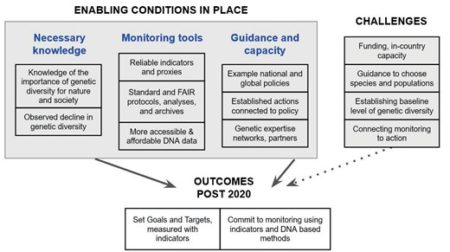A big thank you to Colin Khoury, Julian Ramirez, Chrystian Sosa, and Dan Carver for this guest post, reminding us of the history of conservation gap analysis work at CIAT and other CGIAR centres during the past decade and more.
Maps have helped people find their way for at least 2500 years, so it’s no surprise that geographic methods have been part of the portfolio of tools used to try to understand patterns and distributions of crop diversity, and, more recently, crop genetic erosion, ever since these topics began to garner the interest of scientists and conservationists. Innovations in digital mapping tools, made possible by developments in computer processing and the internet, have enabled continual leaps in the power and efficiency of such methods throughout the past few decades.
CGIAR embraced geographic information system (GIS) research tools about as soon as they were developed. At the International Center for Tropical Agriculture (CIAT), the International Potato Center (CIP), the International Plant Genetic Resources Institute (IPGRI, now Bioversity International), and the International Rice Research Institute (IRRI), among others, scientists began to apply available GIS tools to genetic resources conservation, and then develop their own suite of methods, programs, and datasets, often in collaboration with national partners and academics (e.g. wild potatoes, peanuts, chile pepper, and peanut/potato/cowpea, as well as climate data). Some of these developments, such as FloraMap and DIVA-GIS (and more recently CAPFITOGEN, by other researchers), have been aimed at making these tools easier to use by those in genetic resources community without extensive GIS experience: an important effort toward greater accessibility, even if it has met with mixed success.
By the 2000s, crop wild relatives were gaining attention as important genetic resources for crop breeding, and would soon be specifically targeted for conservation both by the Convention on Biological Diversity (CBD’s Aichi Target 13), and the Sustainable Development Goals (SDG Target 2.5). It was increasingly important, therefore, that conservation research tools were applied to these useful wild plants, and fortunate that the groundwork for GIS applications had already been laid by a decade or so of research. Through the second phase of a cross-CGIAR initiative called the Global Public Goods Project 2 (GPG2), run from 2007-2010, the distributions of the wild relatives of ten CGIAR mandate crops were mapped, with priorities for further collecting for ex situ conservation identified.
Continue reading “The making of GapAnalysis.R”
